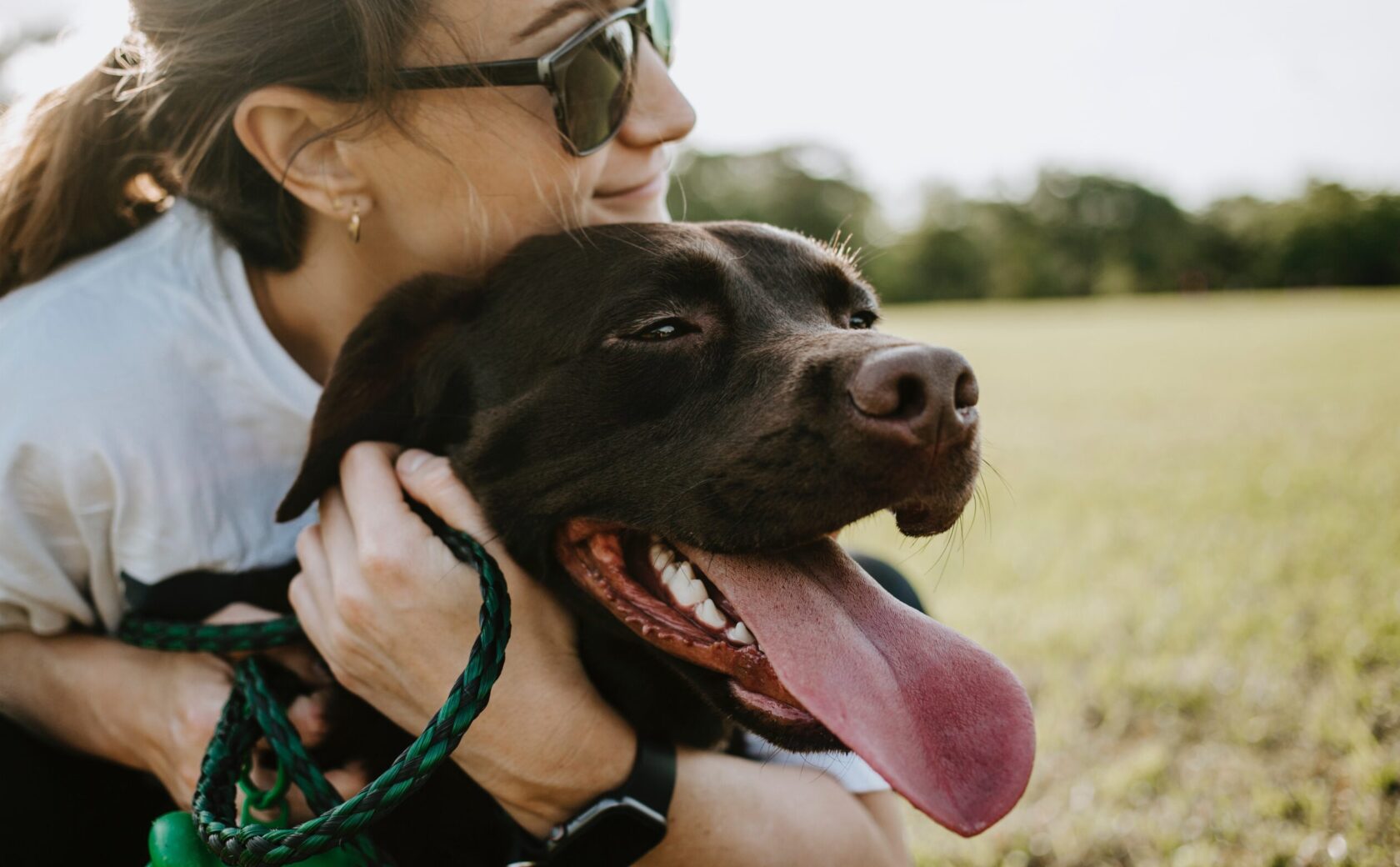
Fluff Piece
By Galen Lastko,
Photo by Sander Dalhuisen from Unsplash
Published in the Humboldt Independent on October 19, 2021.
Around the world, doctors, nurses, and medical staff are suffering from more stress and fatigue than at any time in human history, courtesy of everyone’s favorite not-really-novel-anymore coronavirus. A growing number of papers and studies show that depression, anxiety, and other mental health issues have increased among healthcare workers as the pandemic has worn on, along with and compounded by insomnia and many related sleep disorders. Studies have even been done documenting combat fatigue among healthcare workers. Fortunately, an increasing number of studies suggest that one of humanity’s oldest friends may be perfectly equipped to help us handle this staggering workload. While dogs are already well-known in the medical field for helping the disabled and providing companionship and comfort to hospital patients and trauma victims, they’re also able to help ease the burden COVID-19 has placed on our healthcare workers, thanks to their remarkable noses.
What’s that smell?
…a dog’s nose has a broader “palette” of scents it can identify…
Dogs have a sense of smell roughly fifty times more powerful than our own, which gives them the ability to detect much fainter odors than we would pick up. Furthermore, a dog’s nose has a broader “palette” of scents it can identify, which makes us wonder how they must receive some of their own more odorous behaviors. This sensitivity enables them to detect a potential cocktail of unique chemicals put off by the body in the presence of a given disease – something we’ve never bothered trying to detect properly because our noses aren’t capable. As these heightened faculties were originally designed to assist the dog’s canine ancestors in dinner acquisition, our noble friends can easily be persuaded to lend their remarkable abilities to almost any cause we see fit: historically, the detection and pursuit of animals we’d like to eat or terrorize, and nowadays the detection of explosives, narcotics, and now diseases.
A Dog’s Diagnosis
Dogs were even able to detect an “odor” of COVID…
The dog’s powerful sense of smell allows them to often make an accurate diagnosis faster than the humans who trained the dog in the first place, and so they’ve been put to work smelling out all manner of diseases over the years. Parkinson’s disease, some kinds of cancer, and malaria have all been detected accurately by canines, who can even smell blood sugar changes in diabetic patients. Dogs are capable of detecting different diseases from different human “sources”: coronavirus is sniffed out in the sweat or urine, for example, and some dogs have been found to be up to 99% accurate with their snouts in trials performed simply by walking past a line of samples. Dogs were even able to detect an “odor” of COVID on a surface touched by a COVID-positive individual. Furthermore, dogs will happily work for food, affection, and shelter, while humans often need to be given money, health insurance, benefits, lunch breaks, and other contrivances of modernity.
Why don’t we see dogs in hospitals?
…they aren’t going to be working in a hospital setting anytime soon…
So why are we not accustomed to seeing dogs around hospitals or testing facilities? Firstly, there aren’t standards or an established certification process for disease-sniffing dogs. Furthermore, researchers often cannot tell exactly what chemicals the dog is detecting when it makes a positive diagnosis, so the process of verification may not match up to the more rigorous standards of modern medicine. Lastly, while employing the dog itself is inexpensive, the dog’s handler and trainers are still usually human beings (who, as we remember, often want money), and it can cost up to $10,000 to train a disease-sniffing dog. While it’s perfectly reasonable to use dogs at transportation centers and large events as an additional precaution, no matter how accurate they are in trials, they aren’t going to be working in a hospital setting anytime soon, largely because the speedy diagnosis they provide isn’t fast enough to make a comparable human-administered test redundant. But in the right settings, where large groups of people are moving about and gathering together, dogs can alert us to danger the same way they have for thousands of years.
Submitted on behalf of the SoHum Health Outreach Department
Galen Lastko, submitted on behalf of the SoHum Health’s Outreach department.